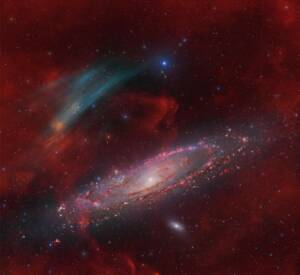
Discovery of the M31 [OIII] emission arc
Recently, a major discovery by an international team of amateur astronomers and scientists has become a huge online hit, and this new discovery is just located in one of the
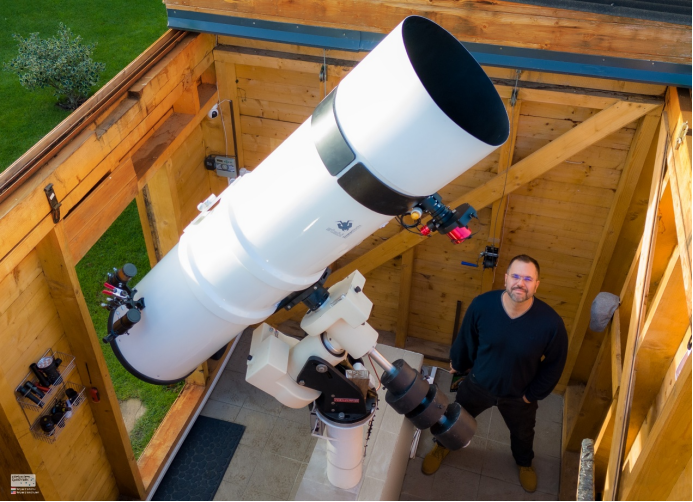
Hello Lóránd, thanks for accepting our interview invitation. Congratulations on winning the ASIWEEK competition in week #20/2025! This is also the third time you’ve been an ASIWEEK winner.
My name is Lóránd Fényes, and I am a Hungarian astrophotographer. I started out as an amateur astronomer early in my teenage years, and much later, already in the new millennium, I turned to astrophotography. I live in Hungary, where I built my home observatory on the hills above the magnificent Lake Balaton, from where I take my photographs.
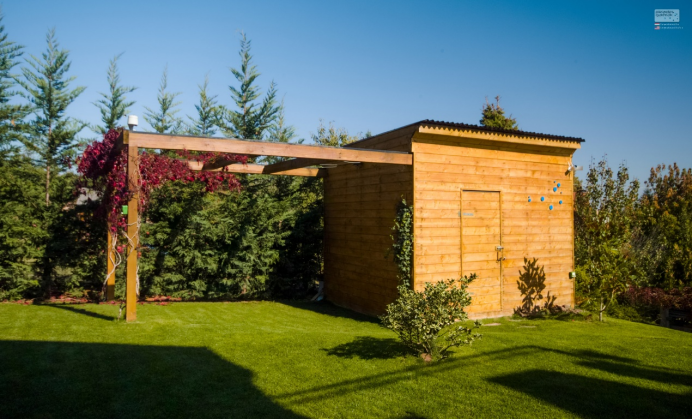
The interest of amateur astronomy accompanied me from my teenage years. I was still living with my parents when I received my first telescope, though with changing intensity, until my early thirties, when I bought my first equipment for astrophotography. It was then that I realized that nature photography, which I had already come to expert, and the observation of space can be combined in one wonderful hobby. So in 2010, on a beautiful August night, it dawned on me: my daily nature photography and my love of the starry sky could be combined. A month later, I bought my first simple astrophotography equipment. From then on, there was no turning back… The first pictures were shocking in a good way and were decisive for the future. It was an amazing experience (especially with the rudimentary technology of the time) as digital imaging opened up a universe for me. Literally and figuratively.
I have had many telescopes in my life. As a teenager, I took my first tentative steps with a small lens, then in the 1990s, as a young adult, I observed with a simpler Newtonian telescope. Then, when astrophotography hit my previously peaceful world of amateur astronomy about 15 years ago, it turned my relatively calm telescope needs upside down. In the early years, after going through the obligatory stages – a small entry-level reflector telescope, a slightly larger reflector telescope, a more serious apo – I built several of my own instruments in the popular 150/600 and 200/800 size categories. They were long, fruitful, and joyful years, and I can say that I went through all the stages. I worked just as enthusiastically with the smallest instruments as I did with the medium-sized ones. But at the end I made it clear to myself that, if possible, I would continue my adventures with a high-resolution, narrow-field-of-view, long-focus telescope.
After months of work, I designed one of Central Europe’s most thoroughly constructed amateur astrographs with a great team. We used special stiffness calculations to work out the details of the unique carbon tube, where the carbon stiffening rings integrated into the telescope body and the unique stiffening at the focuser showed during simulations that the telescope would be exceptionally stable and rigid.
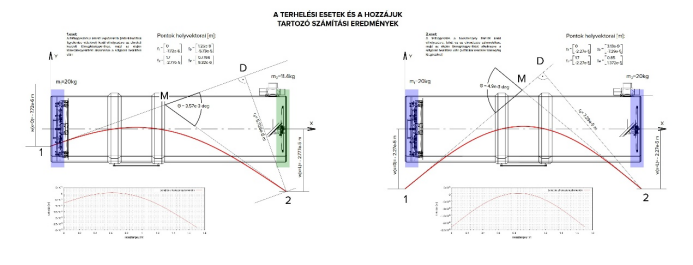
The holders for the main mirror and secondary mirror were prepared with similarly thorough simulations. We analyzed the pressure points on the mirror and finally produced the appropriate components.
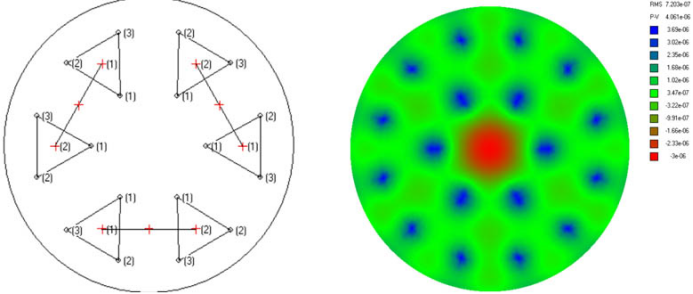
The donor for the main mirror was a 50-year-old, worn Meade product. Age is an advantage here, as all tension has been removed from the glass material. At the time of the first measurements, the Strehl ratio was just over 50%. After several months of work, we achieved a result of 96%.

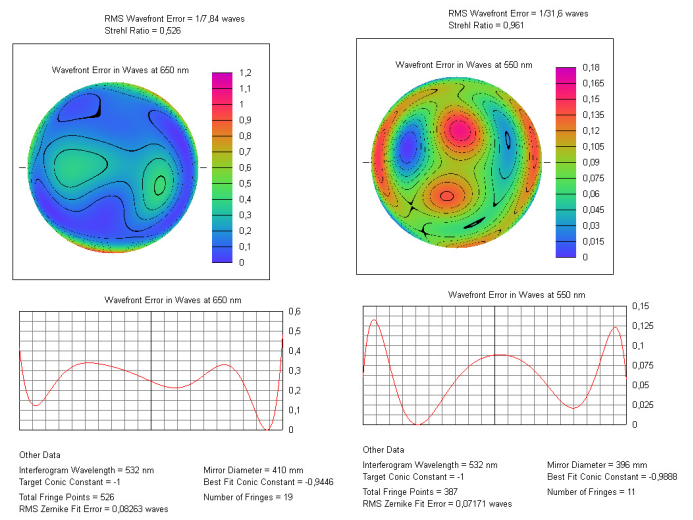
Many months of planning, calculations, then finding experts, numerous online consultations, then more calculations, budgets, ideas, rejecting ideas, then new ideas, implementing them… it was a very intense process.
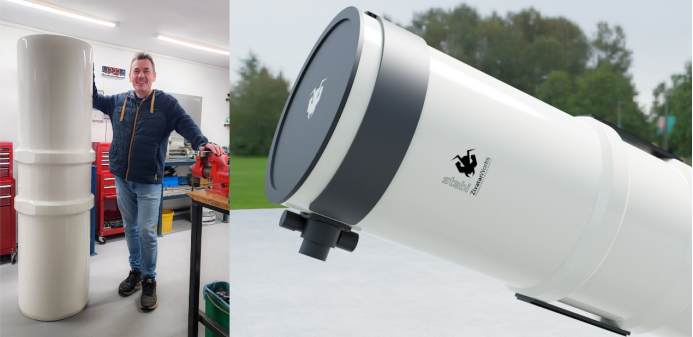
But the result is a telescope that truly embodies all my experience from the past few years and will be my companion in my cosmic adventures for a long, long time.
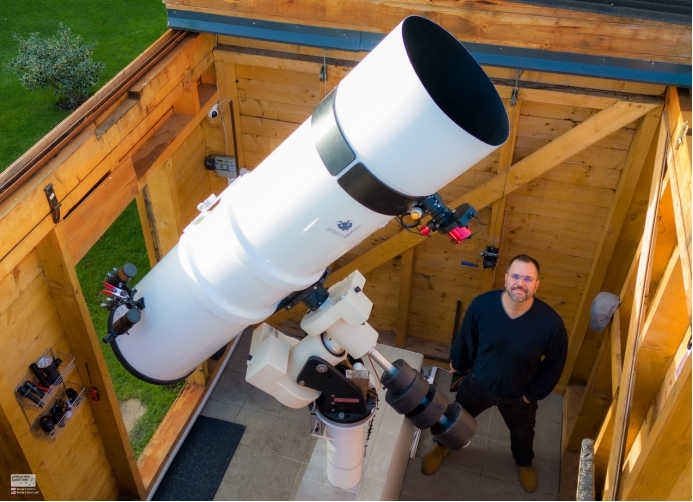
My history with astrophotography goes back a long way. Despite the fact that my pictures were initially taken with simple equipment., the photos have ultimately received numerous accolades. The editors of APOD has selected my photos as its image of the day on numerous occasions since 2011. I won the newcomer category of Astronomy Photographer of the Year category in 2012, becoming the first Hungarian amateur astronomer to do so. My work has also been recognized at the International ASA Astrophotography Competition, the nPAE Astrophotography Competition, and the International Astrocamera competition, etc… and I was honored with a special award at the Nature Photographer of the Year competition. For the third time, I had the honor of having one of my photos selected as a featured photo in the ASIWEEK competition.
These successes gave me great joy for a long time and kept me seriously busy for a while, but now the focus of my life has shifted, my values have changed. I am happy about the good results, but perhaps more important to me is the place and role I have found in the astrophotography community. Many people turn to me for advice, and I am happy to give it. I respond to every request and am happy to help novice photographers take their first steps.
Every object has its own charm. For the first 12-13 years, I only worked with deep-sky photography. I was captivated by this distant world, its diversity, and its inaccessibility. At the same time, in recent years, I have taken great pleasure in photographing the solar system, especially the Moon and the Sun. The international feedback I have received in recent years has mainly praised these images, so it seems that this search for and discovery of a path has also brought joy to others.
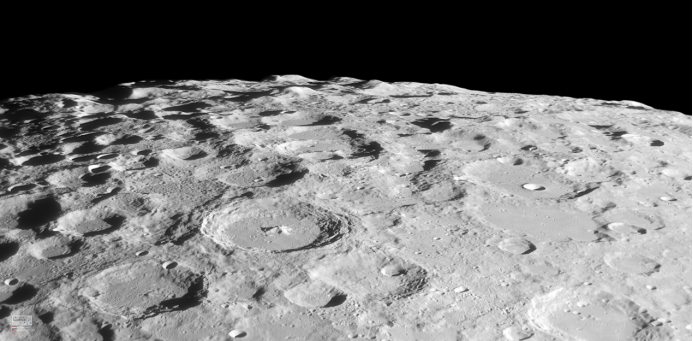
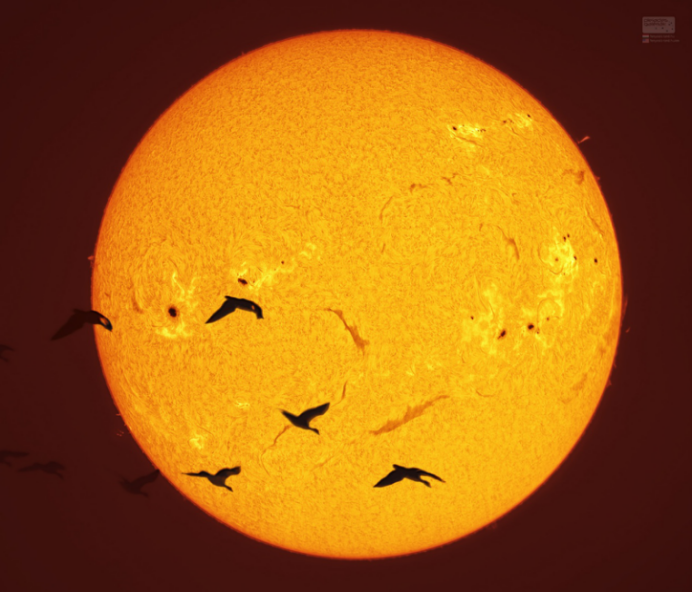
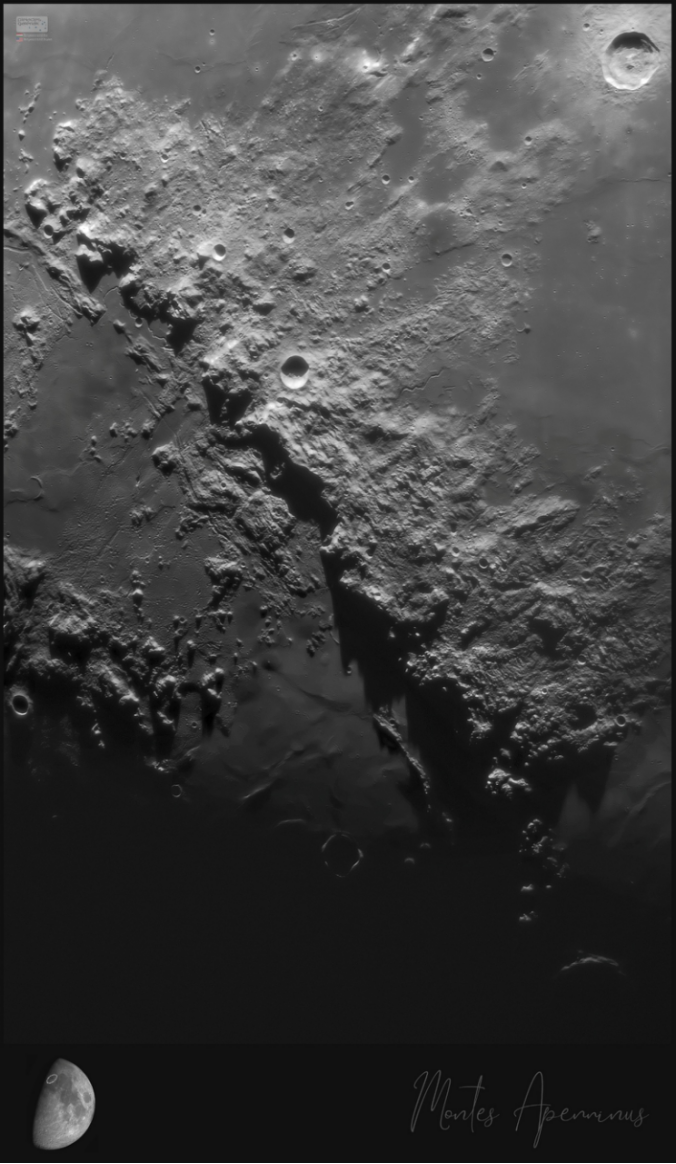
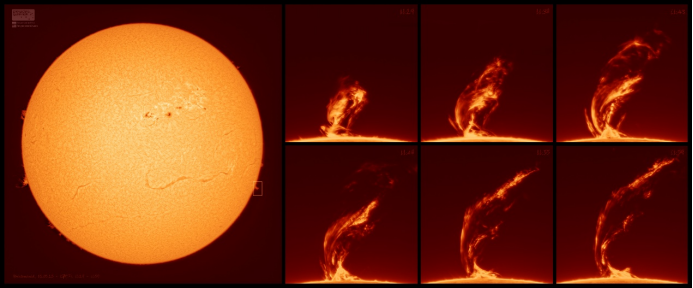
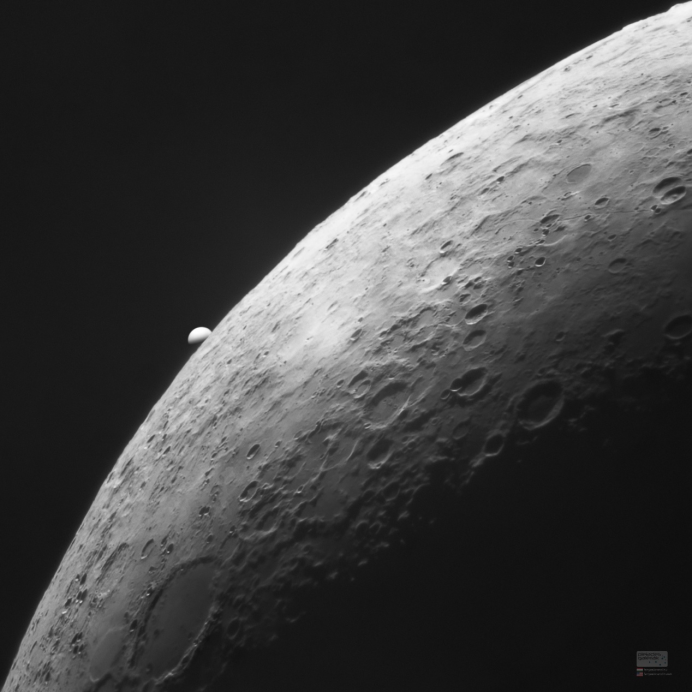
However, my attachment to the deep sky category has not weakened. Currently, I am attracted to the world of planetary nebulae, which I capture in high resolution. Here are a few examples. Of course, these are best viewed in their original size, which you can find on my website.
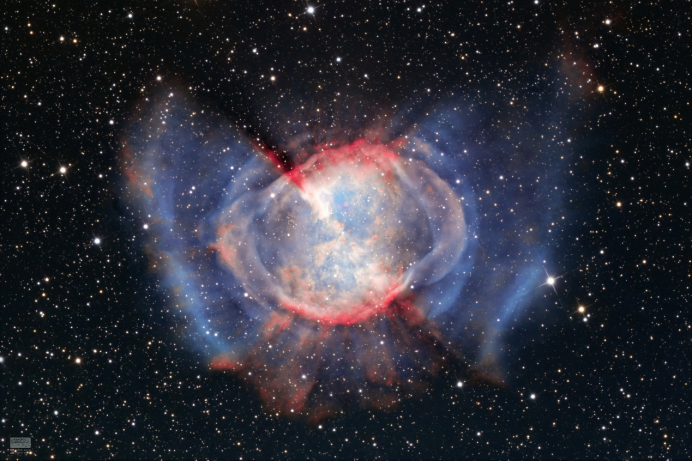
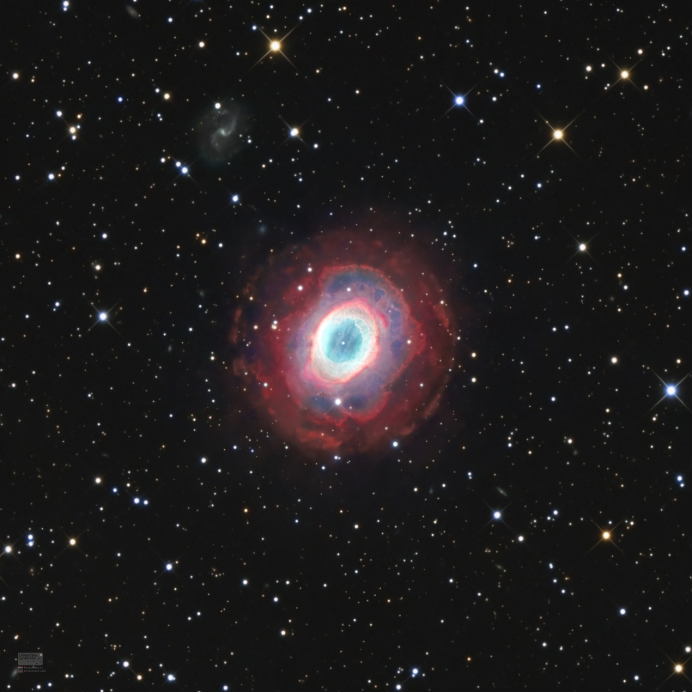
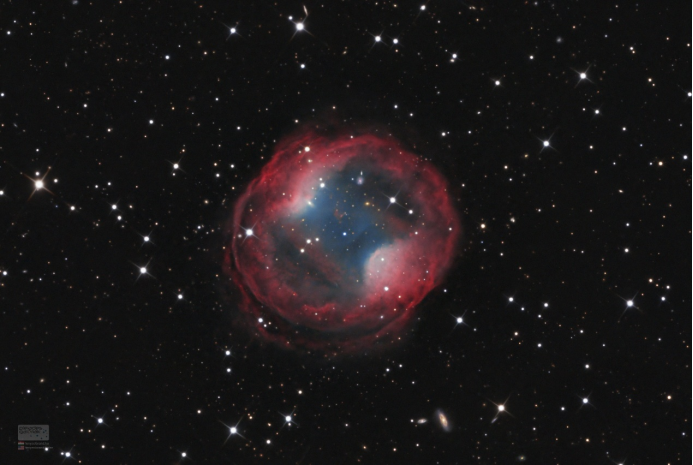

In summary, to answer the question: I cannot name a single object; I generally enjoy capturing the cosmos and admiring it.
Before taking up this hobby at the first sight of astrophotos, people should let it sink in that this kind of photography does not yield quick returns. You really must work hard to excel. One single photo takes many, many hours to produce, and you need to acquire a variety of skills before even beginning, which in turn takes patience, resolution, and even a kind of professional humility. This is a delightful activity, but it comes with a price – to be paid in advance. However, if you are willing to see astrophotography as a profound engagement for even a lifetime, letting go of the pace of today’s social sites, then you will not measure this activity by the 10 to 20 photos you take in a year. Then you will understand that this activity, with all the fiddling around under the dome of the sky, and with all the different phases of image processing, it is a very complex and at the same time a genuinely rewarding engagement. It slows you down compared to today’s standards, but that’s fine.
In addition, I strongly recommend assembling the first equipment only after thorough legwork and assessment. It takes a substantial investment, so there should be no rush; the tools we buy are supposed to serve us for long years to come.
Currently, all components of my main deep-sky set are products from you. I work a camera from the 2600 family, supplemented with everything I need: EFW, CAA, EAF, ASIAIR.
Basically, I greatly appreciate ZWO’s continuous developments. I don’t feel like anything is missing at the moment, but I am eagerly awaiting the release of the next generation of astronomical cameras. ZWO seems to me to be a very cleverly managed company, with a well-constructed bundling of different products that are built on top of each other. I do not see this as a disadvantage at all. In fact, for me, it is an advantage. As long as the quality of the products remains good, as long as quantity does not compromise quality, as long as the improvements and support give users a stable background, then the product line building is a smart concept and very welcome. Especially for those who value ready-made solutions – like me.

Recently, a major discovery by an international team of amateur astronomers and scientists has become a huge online hit, and this new discovery is just located in one of the
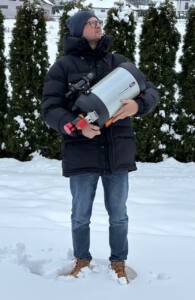
Hi everyone. My name is Alex, and I am an astrophotographer. I would like to start by thanking You for choosing my picture among all the great pictures You receive.
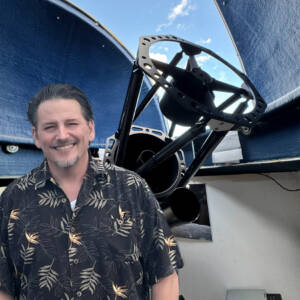
Why the Orion Nebula Never Gets Old – Each winter, stargazers return to this cosmic masterpiece to test new skills and relive the wonder. Explore the Orion region’s iconic nebulas,
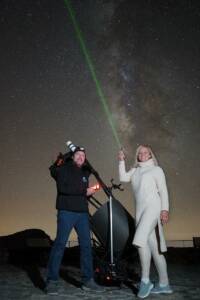
In 1994, I built my first fully functional reflecting telescope in Hungary with my own hands. In the former Eastern Bloc countries, telescopes still could not be purchased in stores
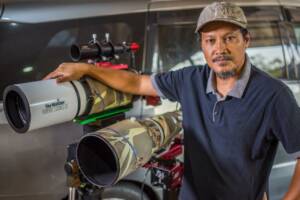
1.How It All Began I have been a fan of astronomy since high school.Starting from a school event where I can see the moon up close through a telescope.When I
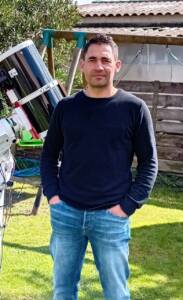
1. How It All Began For Puig Nicolas, it all started at the age of 10 with a 60/700 refractor and a 114/900 reflector. His first celestial encounters — the